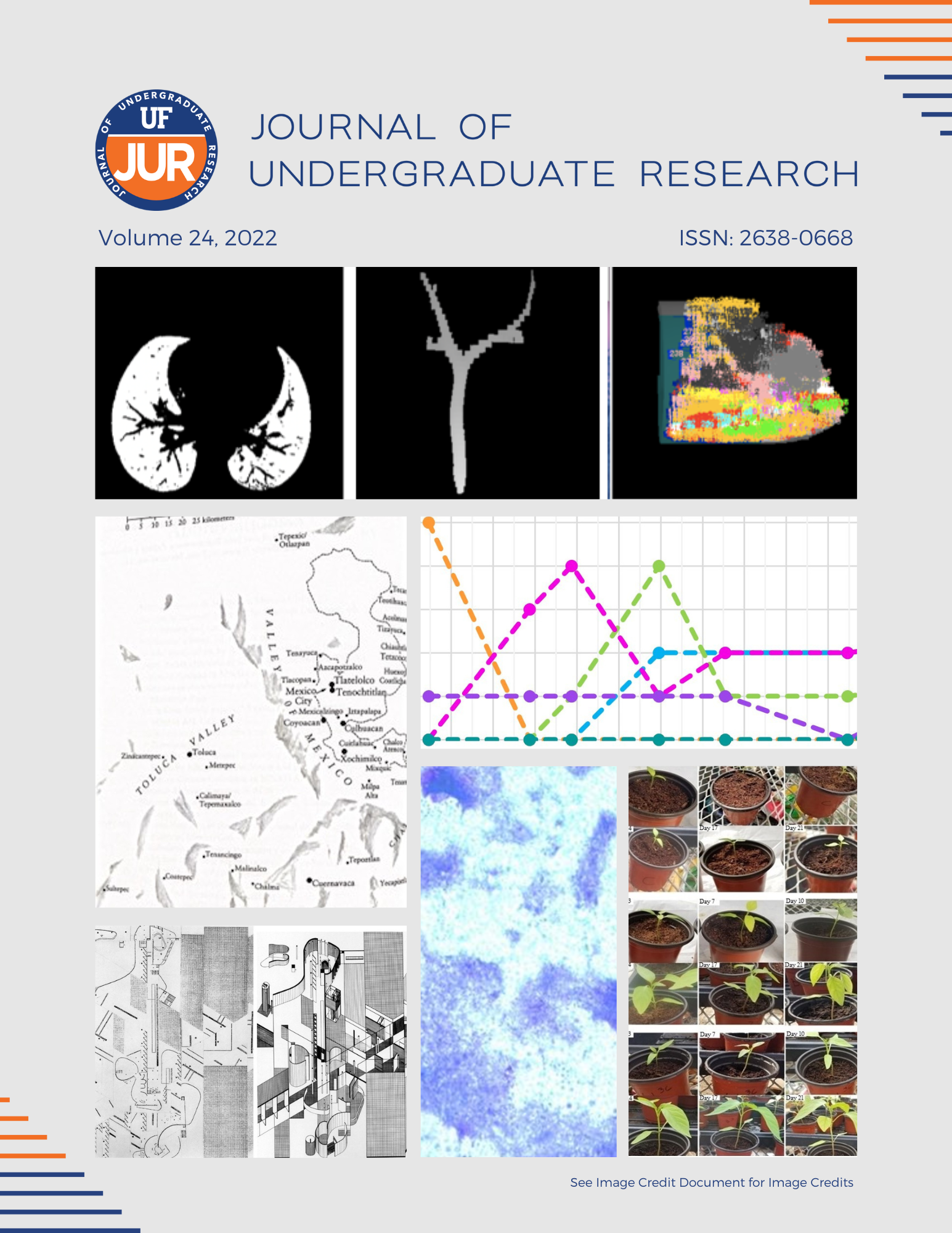LEED Certified Buildings and Bird-Friendly Window Design
DOI:
https://doi.org/10.32473/ufjur.24.130839Keywords:
sustianable construction, urban design, LEED, bird-window collisionsAbstract
Green buildings (i.e., LEED certified buildings) emphasize access to daylight and views for occupants’ wellbeing, comfort, and productivity. Window glazing allows access to daylight and views but is often detrimental to birds. Annually, up to a billion bird in the United States die due to window collisions. A comprehensive literature review and data analysis of LEED and methods of deterring collisions was conducted to determine solutions to limit bird deaths at LEED certified buildings. Deterrence factors of building design, outdoor surroundings, and occupant behavior were evaluated, due to their collective impact on bird-window collisions. To best prevent collisions and adhere to LEED, window glazing with visual markers and sound deterrents should be used. Certain façades should be avoided and building lights should be turned off during migration season. Additionally, vegetation near buildings is encouraged in LEED certification, but increases the frequency of bird-window collisions. These findings suggest that LEED, particularly the credit “Daylight and Quality Views,” is not completely aligned with current bird-safe design practices. While certain window glazing is acceptable for both LEED and bird-safe design, the two are not mutually exclusive. Due to this, it is recommended that window glazing that aligns with LEED and is bird-safe, is made clear within the LEED “Daylighting and Quality Views” credit description. LEED and bird-safe design practices also have contradictory views on vegetation near buildings. There should also be further research into if vegetation near buildings would still increase bird-window collisions if deterrent factors, such as bird-safe windows, were utilized.
Downloads
Published
Issue
Section
License
Copyright (c) 2022 Aubrey Tews

This work is licensed under a Creative Commons Attribution-NonCommercial 4.0 International License.
Some journals stipulate that submitted articles cannot be under consideration for publication or published in another journal. The student-author and mentor have the option of determining which journal the paper will be submitted to first. UF JUR accepts papers that have been published in other journals or might be published in the future. It is the responsibility of the student-author and mentor to determine whether another journal will accept a paper that has been published in UF JUR.

